
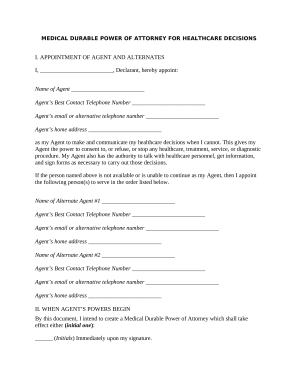
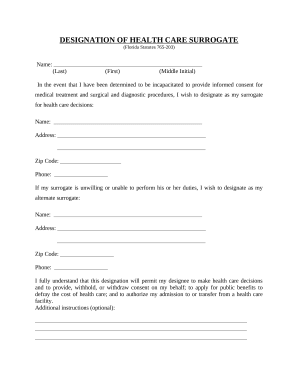
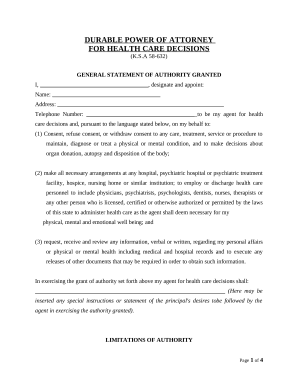
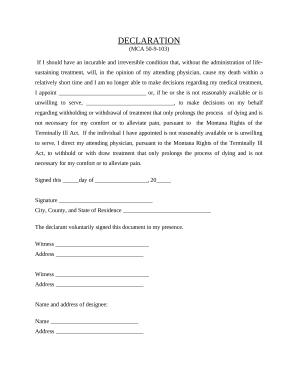
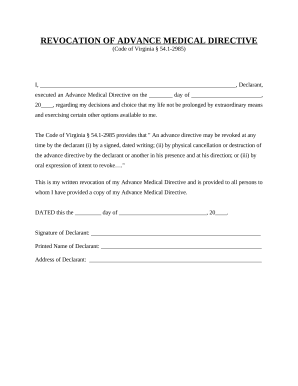


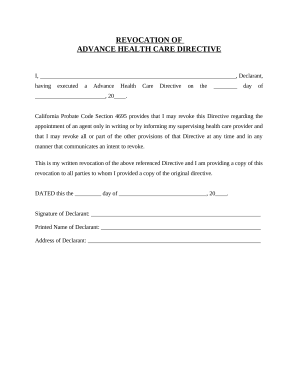
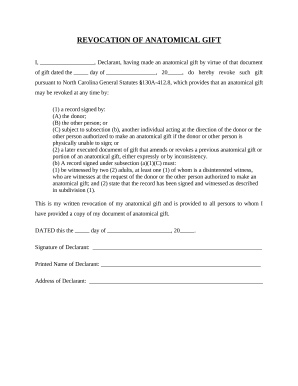
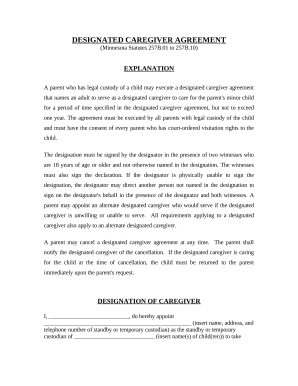
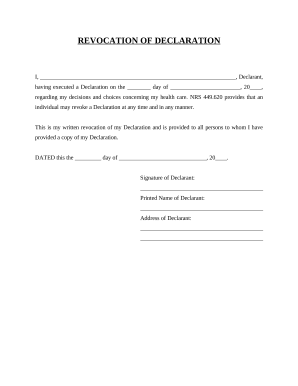

Document administration can stress you when you can’t locate all the documents you need. Fortunately, with DocHub's vast form categories, you can get everything you need and quickly deal with it without the need of switching between applications. Get our US Legal Healthcare Forms and start working with them.
How to use our US Legal Healthcare Forms using these easy steps:
Try out DocHub and browse our US Legal Healthcare Forms category without trouble. Get a free profile right now!